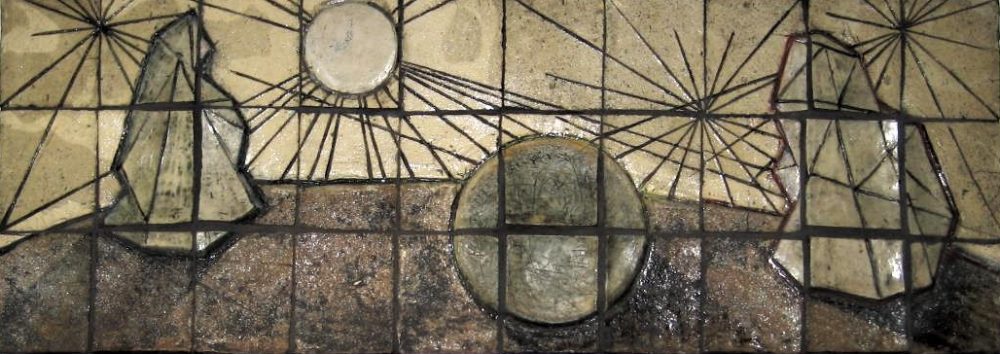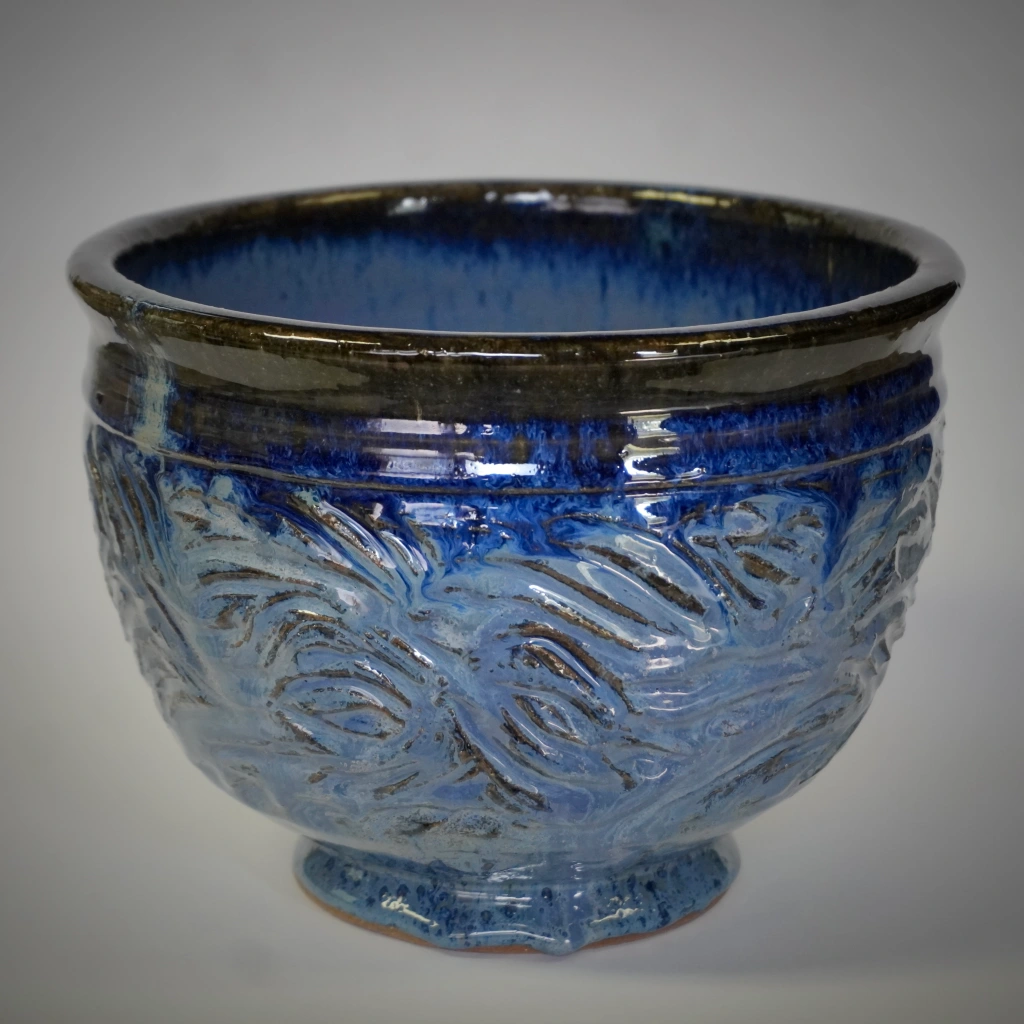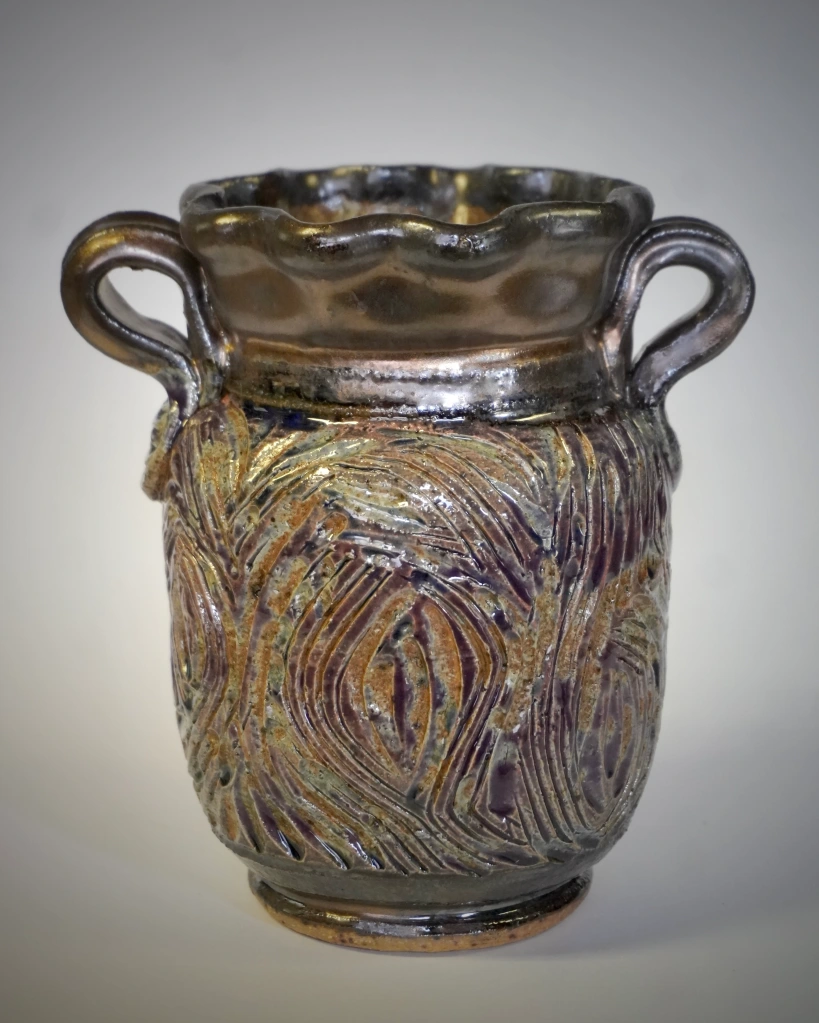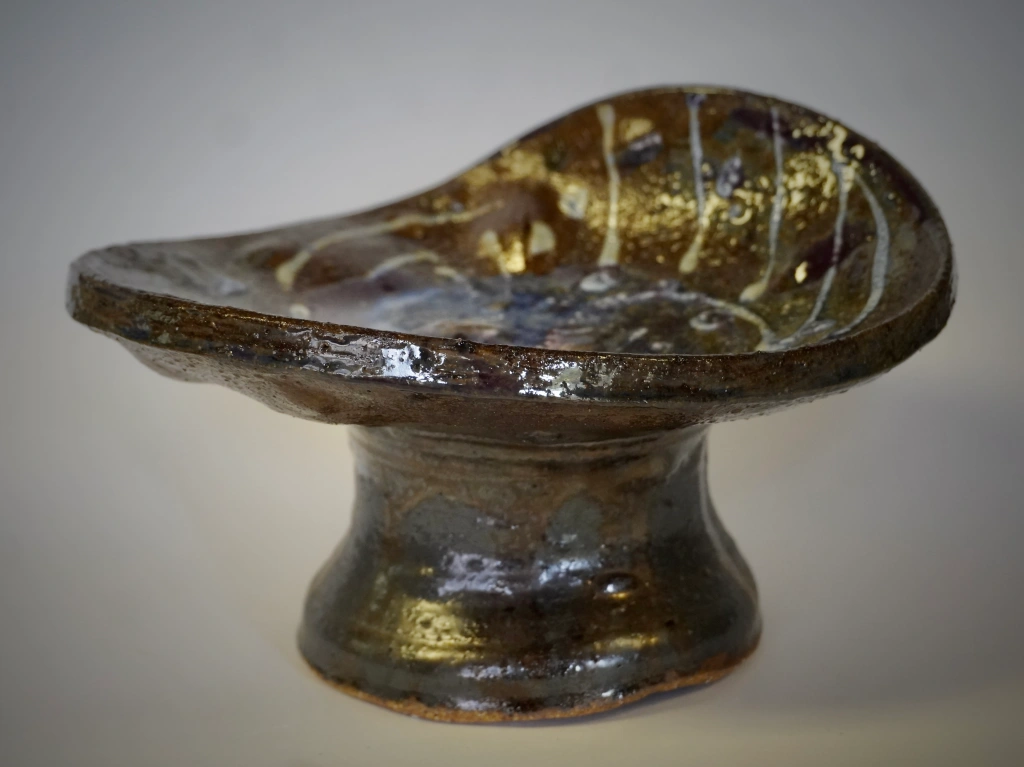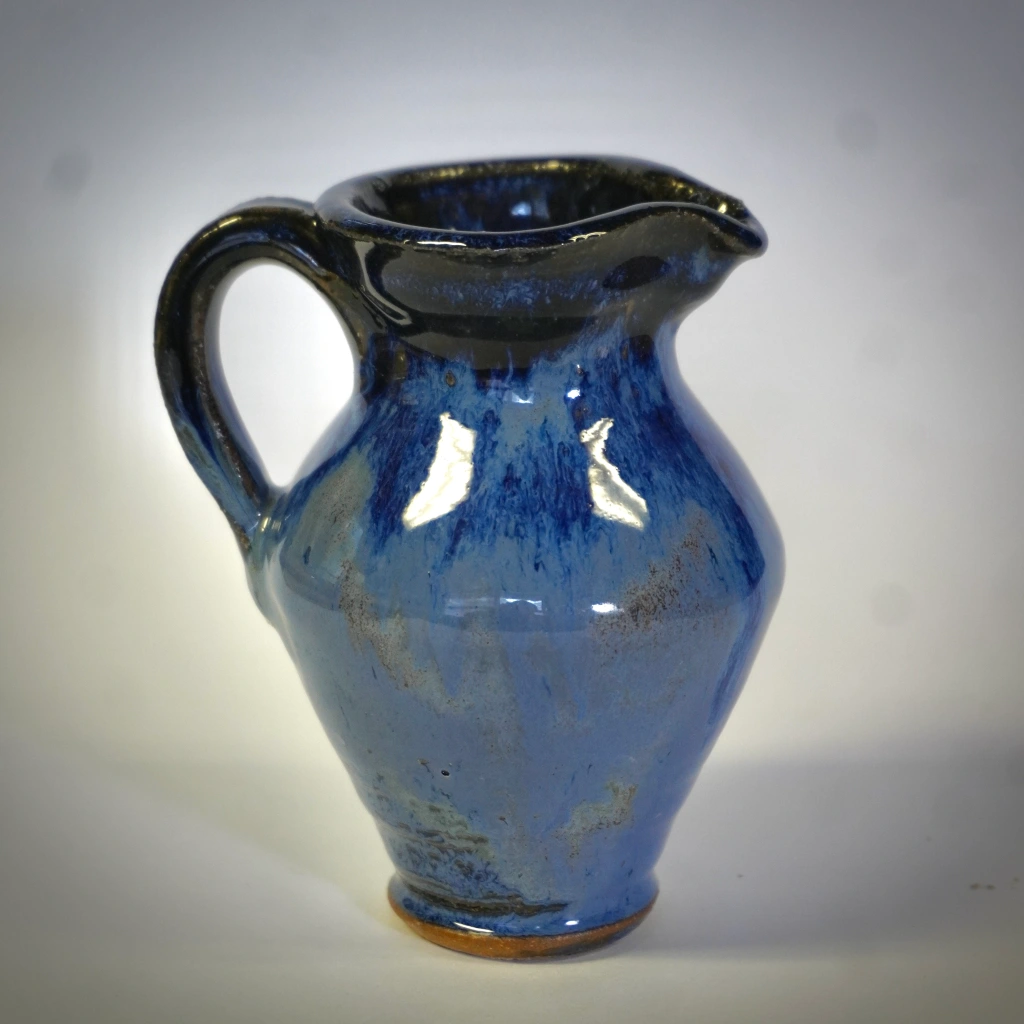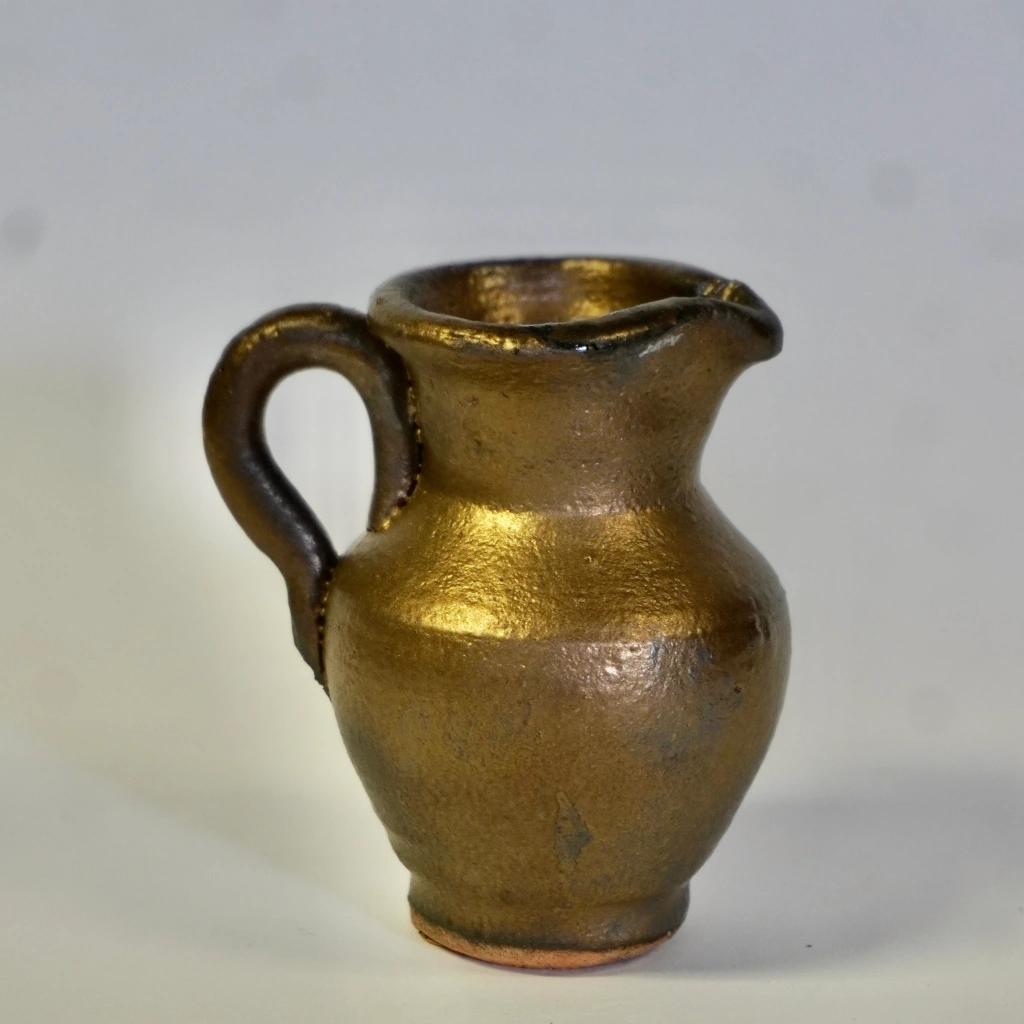For this summer’s production I used 3 clay bodies, my studio house clay, the new porcelain recipe created last fall for UTRGV, and a new clay body I made using 50% Lizella clay. Lizella clay is an iron bearing fireclay mined outside of Macon GA. It is porous, and becomes brittle at cone 9, after which it begins to melt. Here is the recipe, vitreous and golden brown in oxidation at cone 6:

Lizela cone 6 Clay Body
- Lizella Clay 100 lbs.
- Gold Art 60 lbs.
- Fireclay 15 lbs.
- Ball Clay 10 lbs.
- G 200 Potash Feldspar 10 lbs.
- Grog 15 lbs.

I was also able to test a very effective gold glaze used by Lucy Rie. It is more stable than other manganese saturated glazes I have used. I believe this is due to the high clay content. i would probably work as a slip glaze. Due to the high manganese content, It is mot likely not food safe. I hope to use it in my classes and on my sculptures this fall.
“Reynold:s Gold”
- Black Copper Oxide 04.00
- Cobalt Oxide 02.50
- Manganese Dioxide 36.50
- Ball Clay 04.00
- Flint 04.00
- Red Clay 49.00






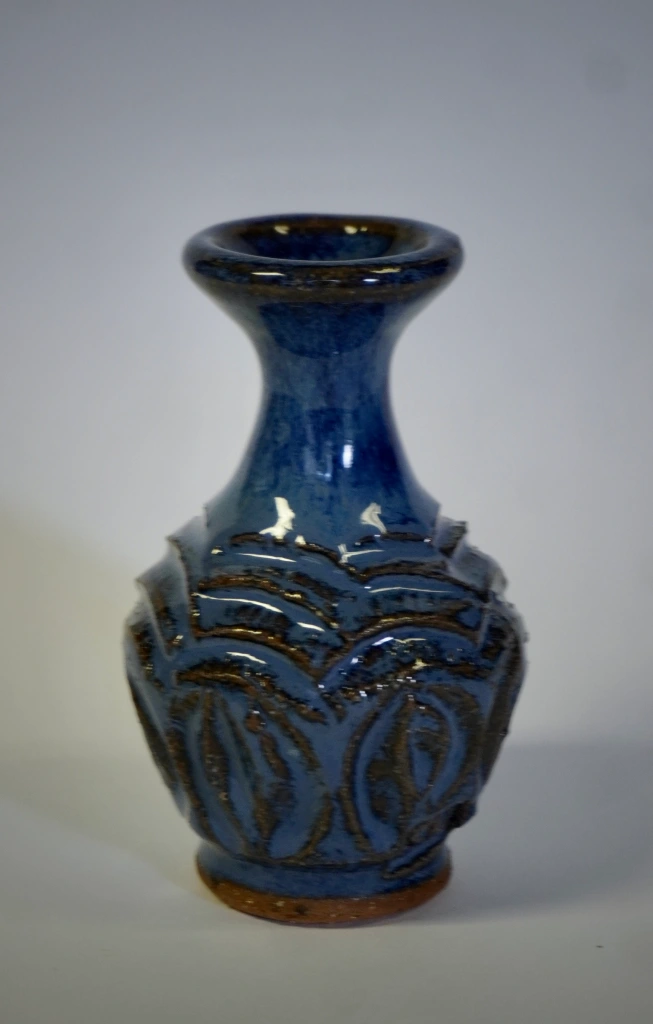





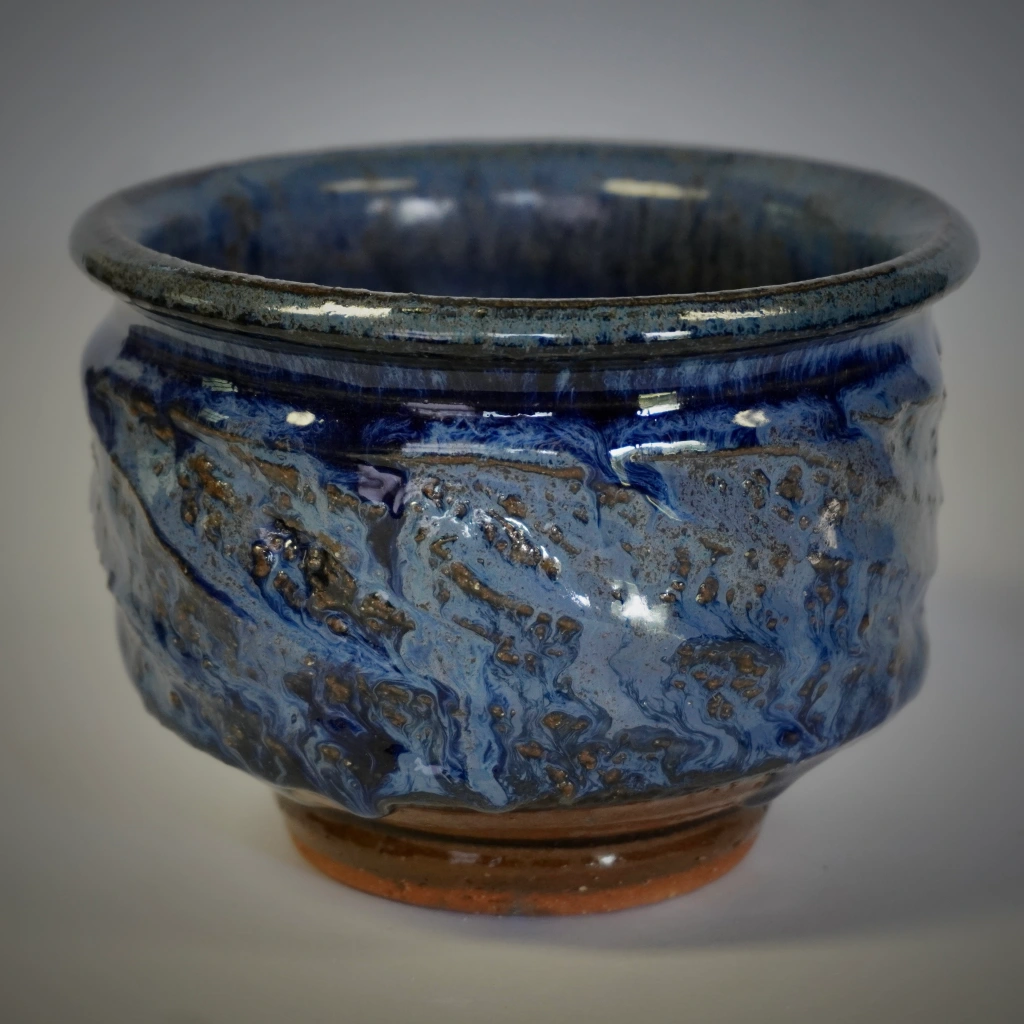

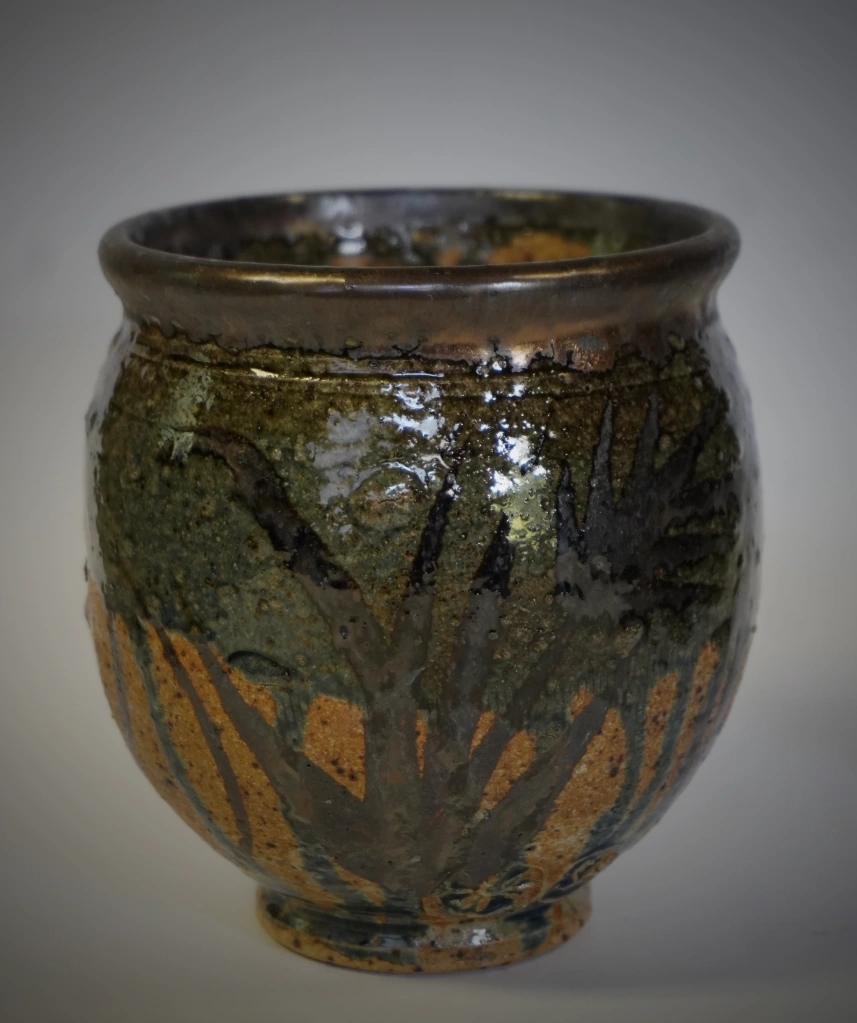






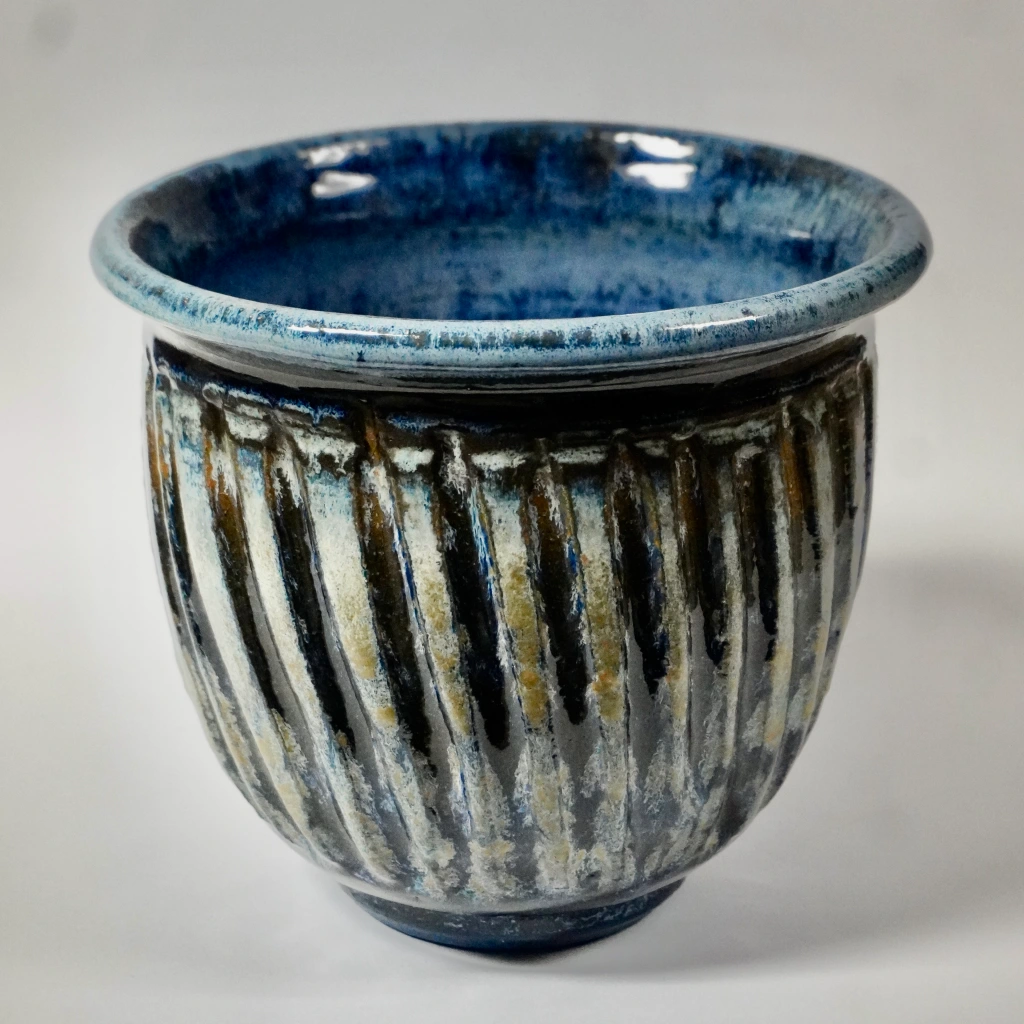

Note: I had the worst kiln disasters ever this summer. The manual Paragon kiln in my father’s old studio had a short in the kiln sitter timer during a bisque firing, and the kiln over fired past cone 10. All of the posts and shelves melted and warped and much of the load of pots was beyond salvaging. I had to replace the elements and the Kiln sitter. Luckily there were still enough shelves and posts to fire again. I was still able to save some of these to be glaze fired and was able to throw enough to glaze fire twice.
